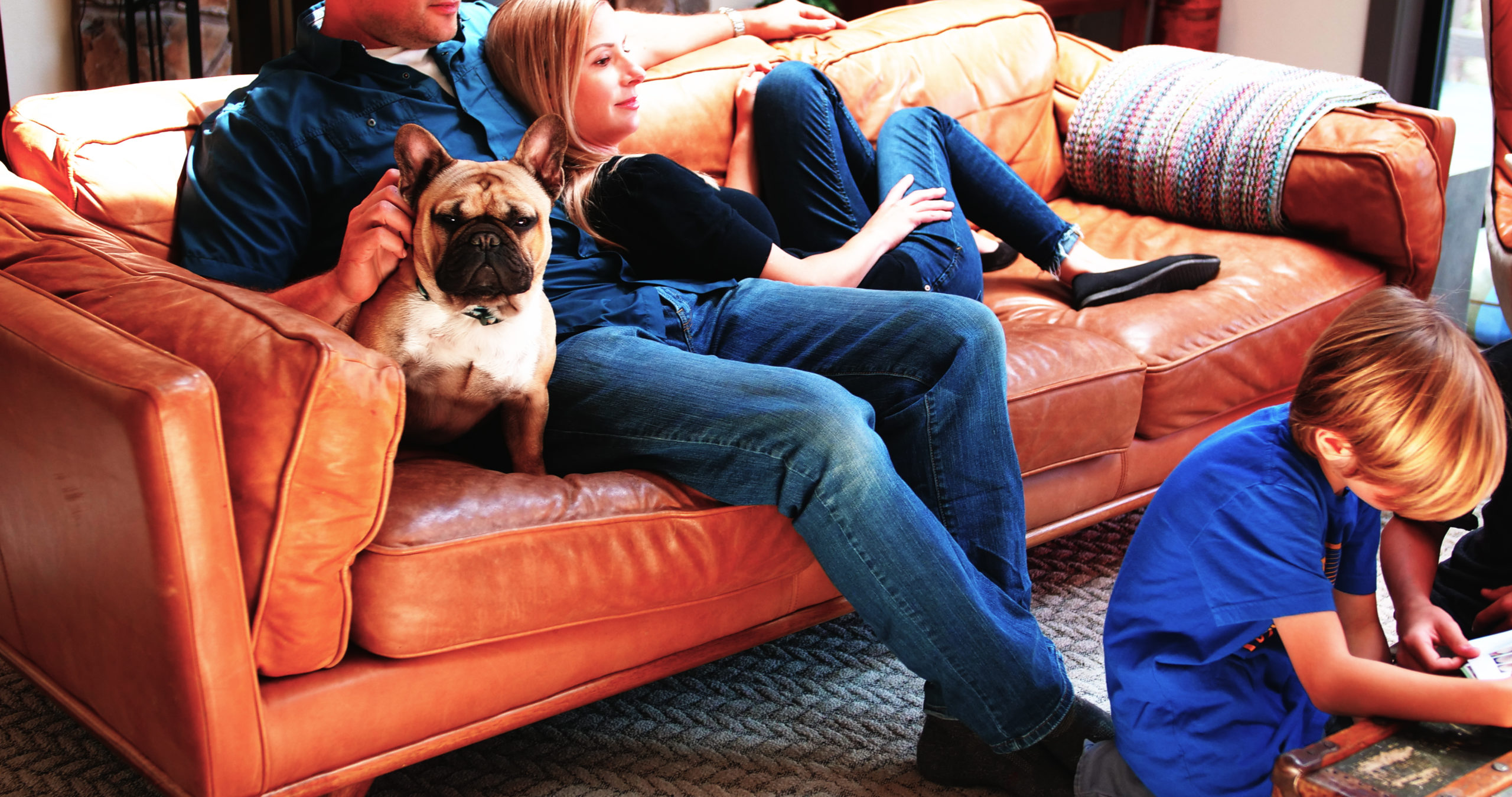After helping clients design their in-home security systems for many years, I’ve seen the importance of educating people about the purposes of each sensor. Motion sensors are well understood, but, if installed incorrectly, will carry the potential for false alarms. Installed correctly, they are one of the best tools available for covering large areas without putting a door/window contact and glass break in every nook and cranny of your home. Sensors should not placed near heating vents or facing the bright sunlit windows/countertops. The key is to read the directions on the packaging of each box for each specific motion. On almost every spec sheet, there are clear instructions for the height to install the motion detector and the recommendations of where to place it. Even veteran licensed security technicians have learned that products vary and just because it is called a motion sensor does not mean it is purposed precisely the same as all the others on the market. Also, when a motion reads pet immune to specific weight, take that with a grain of salt. Active pets that jump up on anything in your house can cause a motion sensor to trigger, as well as your friendly spider or ant walking across the front of your motion sensor. Take your time and be thoughtful when reading the manufacturer’s instructions; it will pay dividends on how your DIY system performs.
Now that we understand motions sensors a little better let’s discuss door contacts, window contacts and glass break detector installation and use. The first advantage for all these sensors is that they be armed while you are in the house moving around. Almost all panels will have a stay mode and away mode. Typically in stay mode, these sensors are all armed and the motions are not. This functionality allows you to move around your house or business without triggering the alarm. These sensors also are less prone to be set off by pets. Clients I have worked with over the years who have lots of furry friends make good use of non-motion-based sensors and devices based on my recommendations and operate their systems without false alarm issues. The best systems use a combination of all the devices with a well-planned design taking client lifestyle and pet lifestyle into consideration.

